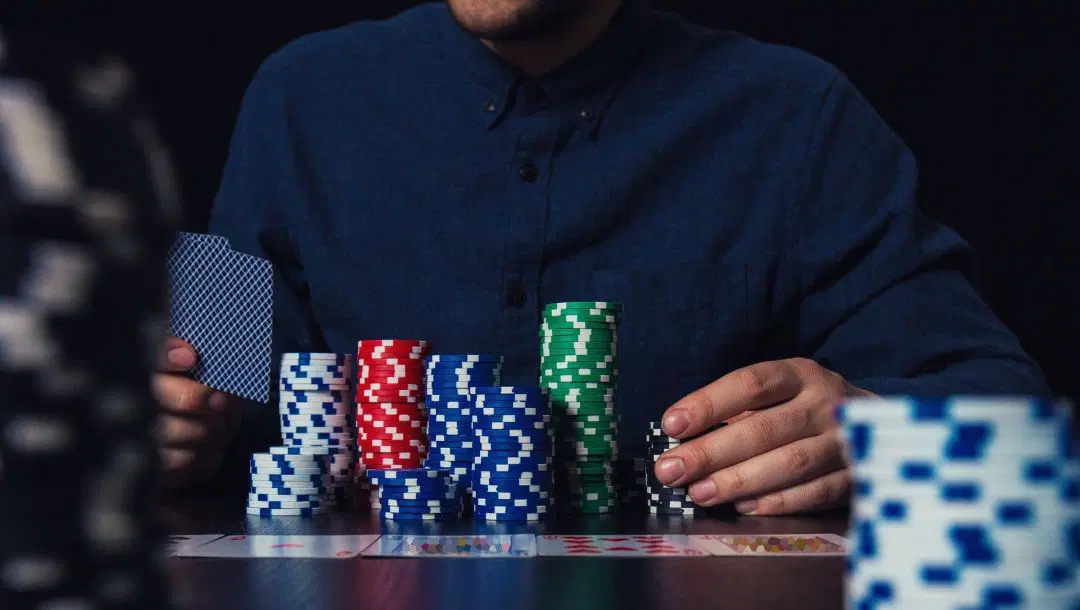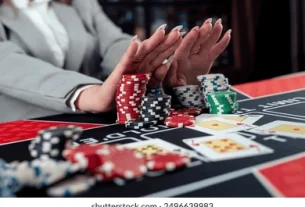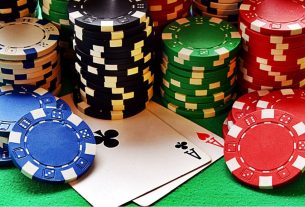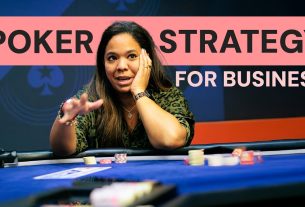Mastering game theory can transform chance-based risks into calculated opportunities in any form of gambling – poker, stock trading or casino gaming alike. This article will outline how game theory shapes strategies and how best to implement them at the tables.
Nash equilibrium refers to an economic state in which no player would gain from deviating from their initial strategy (assuming all other players continue in line). An example would be rock-paper-scissors.
Game theory
Poker is an intricate game requiring skill, psychology and strategic thinking – three components essential to its success. Furthermore, game theory serves as an analytical model for decision making that provides principles to improve poker strategy and increase winning chances.
Game theory is the study of interactive decision-making, in which each player’s decision depends on that of others. Its central principles include strategic behavior and interdependence; additionally it makes use of equilibrium as an ideal state where no incentive exists for deviation from initial strategies.
Game theory cannot completely describe the dynamics of poker hands, but it can provide valuable insights into its fundamental elements and help develop more effective strategies. Furthermore, it can help avoid some common pitfalls such as circular thinking that relies on assumptions rather than hard facts – as well as making bluffing more effective!
Nash equilibrium
Nash equilibrium is an integral concept in game theory, the study of interactive decision-making where outcomes for each player depend on those of others. It represents a potential equilibrium point in an adaptive process where players seek to maximize expected payoffs through various strategies they choose; its applications span disciplines as varied as economics, nuclear deterrence, and evolutionary biology.
One of the primary drawbacks of Nash equilibrium is its requirement that players know each other’s strategies; in practice this is often not possible and may result in deviations from predicted equilibrium values.
Nash equilibrium’s chief drawback lies in assuming static games without taking account of dynamic decision-making processes, leaving out how individual player behaviors could potentially shape future decisions; this is especially evident in poker where strategies evolve over time.
Bluffing
Bluffing is an essential poker strategy that can help you win pots even without holding the strongest hand. It also enhances your table image and increases long-term profits; just be sure to balance your bluffing range with solid hands in order to avoid becoming predictable and exploitable.
To successfully bluff, it is crucial that you apply enough pressure on your opponent that they make a poor decision. Your bets should increase as the street progresses and should also include increased pressure to convince them that you have superior hands.
Some players can become aggressive after making a successful bluff, and you should attempt to recognize this pattern and take note when this occurs. You can then use this data to read their decisions and adjust accordingly. Other advanced poker tactics include position awareness, effective bet sizing strategies and reading opponent betting patterns.
Pot odds
Pot odds are one of the cornerstones of Game Theory Optimal (GTO) poker strategy, making them essential in terms of improving play in poker. Though difficult to comprehend at first, once understood they can help your play dramatically.
GTO Poker Theory will teach you to play optimal poker using mathematical concepts like pot odds and equity, as well as reading psychological tendencies of opponents, so that you can make more informed decisions when to fold, call, or raise.
At the core of strategic thinking is knowing how to adapt your strategy for any given situation. This involves understanding pot odds, fold equity and implied odds – three important considerations when adapting your game strategy in accordance with changing conditions. Pot odds provide a fundamental measure that shows you the amount in the pot as well as your odds of winning an hand, which can then be compared with those of an opponent to help determine the appropriate decision – this information also can help determine whether a call is profitable over time.





